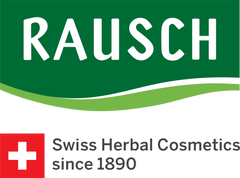Thyme | What's that?

Thyme (Thymus vulgaris) is not only used as a seasoning. Alongside its aromatic flavour, it also boasts healing properties. There is a German saying that goes: ‘The next head cold will come in time – except to those who take their thyme!’
Thyme’s plethora of properties make it a medicinal all-rounder. It can help with almost any complaint. Its essential oils offer relief from cramps and pain. It is particularly beneficial for the respiratory organs.
Its leaves also contain flavonoids and coumarins, which help protect human body cells. Thyme is also rich in zinc, which enables a range of enzyme activity in the body and strengthens the immune system.
There are around 350 different varieties of thyme, which belongs to the Lamiaceae family. It is a dwarf shrub and can reach a height of up to 50 cm. Its leaves are elongated and rounded, white and furry on the bottom and smooth on top. The fresh leaves can be harvested into the winter.
Thyme prefers sunshine and dry ground, and will produce bright white, light pink or purple flowers. Thyme originated in the Mediterranean. There have been many periods when it was valued primarily as a seasoning rather than as a medicine.
In the ancient world, it was used to give strength and courage. It was known to have been used in Roman kitchens and by Roman doctors. Roman soldiers were thought to have bathed in an infusion of thyme before battle to fortify themselves. The church believed thyme to symbolise protection and associated it with Mary, mother of Jesus.
